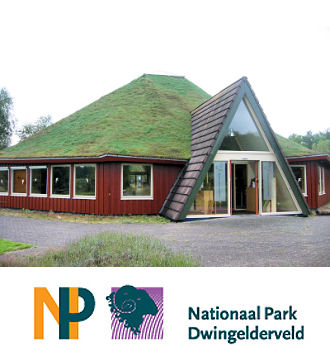The Dwingelderveld national park is an area of nature of about 3766 ha in size. It consists of a large area of wet heath land (about 1600 ha), dry heath land and drift sands, pine, mixed and deciduous forest and some small parcels of grass- and farmland. In 1991, Sjouke van Essen completed an area covering inventory on ground beetles in the Dwingelderveld National Park. Seventeen year later, in 2008, this research was repeated in exactly the same way. Throughout the entire Dwingelderveld, especially at the areas with heather, 38 series of 5 pitfall traps were dug in, using 4% formalin-solution as a conservative. At two new locations, in an abandoned arable field, two series of pitfall traps were placed as well. These traps operated from March till October 2008. Also data collected from 3 permanent catching sites at the Dwingelderveld were incorporated. These permanent sites are already in use since the early sixties. The catching effort at the permanent sites consisted of two normal 25x25 cm can traps and one funnel trap of the same size but with a tube of formalin at the end of the funnel. Window traps were used to capture any flying ground beetles and other insects. During the above mentioned period, all ground beetles caught were determined to the level of species. For other many groups of invertebrates volunteers were found to do the same: these groups were spiders, ants, bees, bumblebees, ichneumon wasps, centipedes, millipedes, woodlice, earwigs, pseudo scorpions, different beetle species other than ground beetles, heteroptera and grasshoppers. The main research question was whether or not there had been any change in species composition and/or changes in numbers of individuals per species since 1991, 17 years ago. In 2008, 15.000 specimens distributed over 78 ground beetle species were collected. In 1991 these numbers were much higher, mounting up to almost 45.000 individuals covering 94 species.
Source: Ivo Lustenhouwer. Loopkeverinventarisatie Dwingelderveld 2008
http://www.biological-station.com/Loopkeverinventarisatie%20Dwingelderv…

- Log in to post comments
